In the Crisis Core: Final Fantasy VII: Reunion review content, we take a closer look at the game where we return to the beginning of the story.
Crisis Core: Final Fantasy VII: Reuniontakes us back to before Final Fantasy VII, when our main character, Cloud, was a rookie soldier. Before starting the review, it is useful to briefly mention some points. This game is a side game released in 2007 for Sony’s popular handheld console PSP, and its genre is quite different from the usual JRPG games. It is also my favorite game of the “Final Fantasy VII” series (it has a lot of games).
In this review, we will try to answer your questions such as how Crisis Core: Final Fantasy VII: Reunion made the transition from small screen portable consoles to new generation devices, does the combat system become boring next to new generation games, should someone who has played Final Fantasy VII play this game!
Crisis Core: Final Fantasy 7 Reunion review / PS5
The Price of Freedom
Crisis Core takes us back to before Final Fantasy VII, when Cloud was nowhere to be found and Sephiroth was a folk hero. The character we control is named Zack Fair, he is a level 2 SOLDIER and is an energetic character running around to reach level 1. Zack’s teacher Angeal is one of the important characters carrying Cloud’s iconic sword. As a 1st class SOLDIER like Sephiroth and Genesis, he’s a character that Zack considers very close to him.
Crisis Core begins 7 years before the original game, during the Wutai wars. We experience the story of Zack, who strives to become 1st class by gaining the favor of his superiors. The story features unexpected events, accusations of betrayal, secrets revealed, and in the midst of it all is Zack, a soldier trying to defend his honor and dreams as he tries to find his own way. All the events we encounter in the story, which covers a period of about 7 years, accompany us to the beginning of the story of Final Fantasy VII.
Playing with Zack, you see young faces of familiar faces from the main game, you can see how he obtained the Buster Sword, which would later pass on to Cloud, how a hero like Sephiroth took his final form, and Cloud’s infancy. If you haven’t played the game on PSP before, you may see some parts of the story that contradict what Cloud told in the original game, you understand these as you play the game, they are not simple mistakes that the authors forgot.
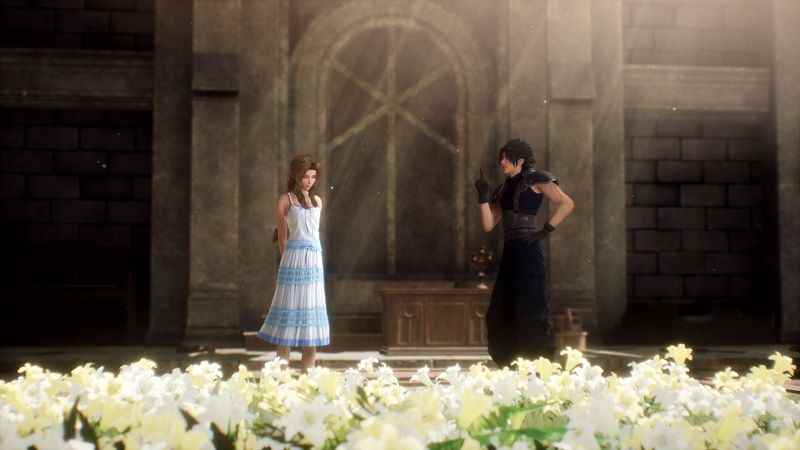
Let me be clear, I like the story of Crisis Core and Zack is my favorite main character in the Final Fantasy series. The story tells very well what happened until Final Fantasy VII, we get the chance to experience the character developments and how things came to an end.
The main story of the game can be completed in an average of 13 – 15 hours. There are also side quests, but almost the entire story revolves around the main quests. I will talk about the side missions in the gameplay part, but it is useful to do some of them in order not to be forced towards the end of the story.
Let’s not forget, considering the events at the end of Final Fantasy VII: Remake, you may expect to see some changes at the end of this game. This game does not have any changes in terms of story. Do not expect a new scene or a change in the course of events.
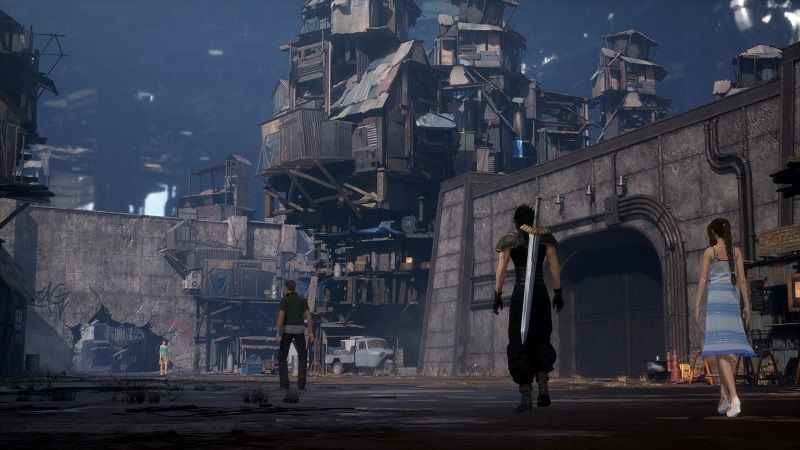
On the Path of Heroism
We briefly touched on the story part of the game, now it’s time to touch on the main issue. Let’s see if this game can truly become “More than a Remaster” as Square Enix says!
As you know, Crisis Core is a PSP game and everything from the game’s mission structure to the combat system was prepared to be ideal for the PSP. The game’s side mission system was fine for a handheld console, and the combat system was pretty good for its year. Even if you play the game now, it had an acceptably good system. It had some annoying aspects, we’re playing an old game after all. But I could say a lot if Crisis Core: Final Fantasy VII: Reunion came with the same system.
Square Enix has managed to make the game’s combat system more fluid. While playing Final Fantasy 7: Remake, I thought the fights were closer to Crisis Core’s system, and I was happy with that. Crisis Core: Final Fantasy VII: Reunion has implemented a closer combat system to Final Fantasy 7: Remake and that’s great! Zack now fights more quickly and fluently, making combos easier by combining abilities and basic attack.
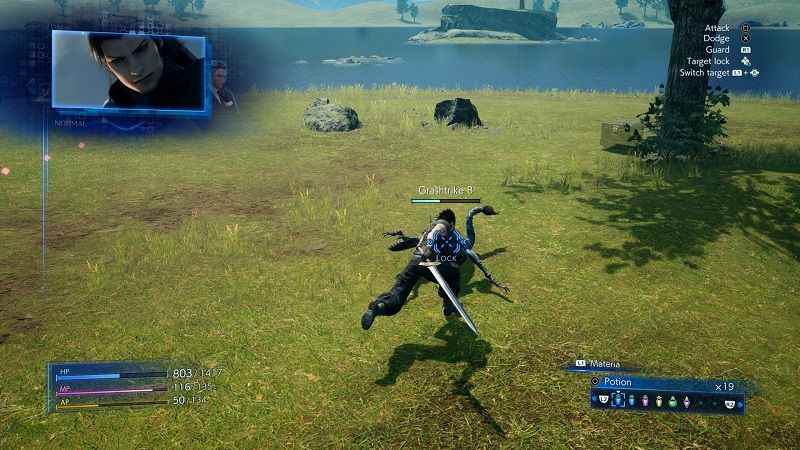
Materia used to be a bit more difficult to use, due to the small number of keys the PSP has. Now we can quickly select Materia and save our character’s abilities on different pages with the quick menu before the fight. The old Materia tab is reserved for quick item usage. Status damage taken in one fight is no longer carried over to the next fight, we can avoid unnecessary fights, block attacks. There’s even a new Stance system that unlocks when we start using Buster Sword!
There is a system called DMW (Digital Mind Wave) in the game and it offers random advantages based on your luck during the fight. Although I liked this system in Crisis Core, it could get very annoying after a while because it had a “Modulating Phase” sequence that stopped the fight and took up the whole screen. A problem that hinders the smoothness of the fight, and it doesn’t exist anymore! Slots keep spinning in the upper left corner, but cutscenes and matching numbers don’t break your battle pace anymore!
Thanks to DMW, we can use the attacks called “Limit Break” and the “Summon” system, this is a system that really changes the course of the war, moreover, it has extra features such as “damage resistance” and “casting magic without spending MP”. The best part of the system is that we no longer have to use attacks as they come! The time for Aerith to arrive and recharge already full health just as you recharge is over, it’s now possible to use it strategically as it waits for us to press the triangle key to use it.
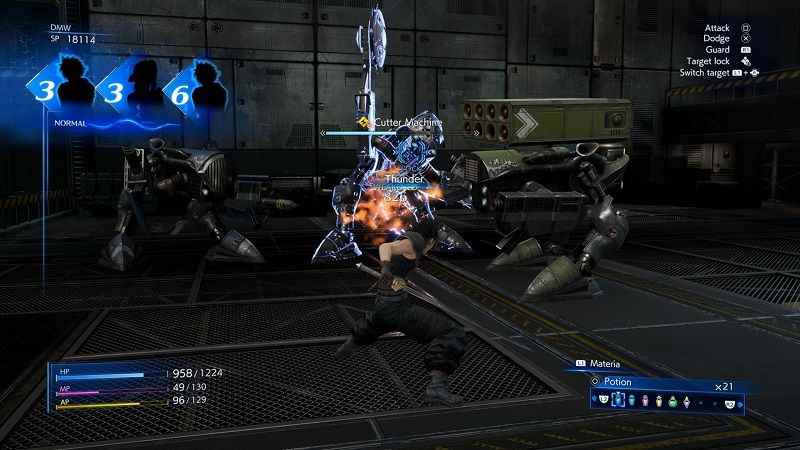
Crisis Core: Final Fantasy VII: Reunion has managed to renew the combat system without breaking the old system. It’s great that both the fights and the DMW system have become more fluid and useful. As much as I loved the original game, I didn’t want to go back as I didn’t want to experience these systems again. But I’ll admit, I still say the “Modulating Phase” line to myself during fights, I’ve heard it so many times that it’s etched in my mind.
One of the innovations that brought the game is the addition of the “Retry” option. The days of being sent back to the nearest save point when Zack dies in a fight are over, we can now go right before the fight and start over. It might sound like a simple feature, but I’m glad it’s on some missions. Even though the general difficulty of the game has been made easier than before, the possibility of wasting time running when you are defeated is also eliminated.
Visual Feast at Midgar
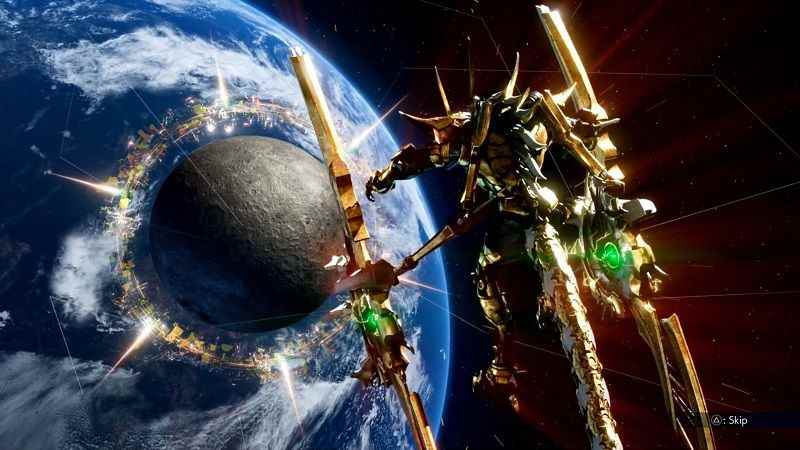
Even though Crisis Core: Final Fantasy VII: Reunion does justice to its remaster name with the improvements it made in gameplay mechanics, it was the visual improvements where it managed to keep its promise of “beyond the Remaster”. They managed to take a game that was released on a handheld console in 2007 and bring the visuality to the level of Final Fantasy VII: Remake. Pretty much the part here is important, you’d better not expect the exact same quality.
The game has far exceeded the PSP version visually, which is something we expected, after all, even in those years, the PSP was not the console that offered the best visual quality. Reunion, rebuilt with Unreal Engine 4, looks great. Fight animations, lighting, character models, everything is at a level that makes you think you are playing a new game.
Almost all of the game’s visuals have been overhauled, some cutscenes like summon animations have been remade from scratch, and some are graphically enhanced versions of old scenes. The fact that the cutscenes are older despite being in higher resolution can sometimes contradict the changes made in Reunion, but they are small details that very careful players can notice. Only some cutscenes are seriously grinning, even in high definition. I would love to see the Angeal – Genesis – Sephiroth scene remastered.
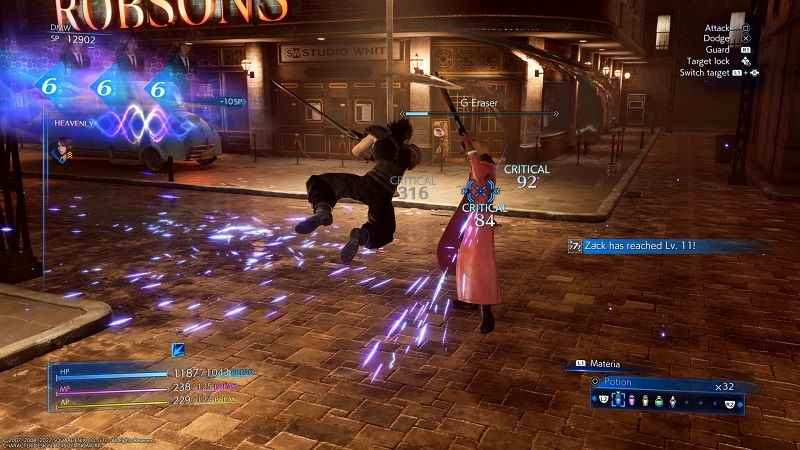
I played the PlayStation 5 version of the game without any problems. From what I’ve heard, it performs great on other consoles and PC as well.
The soundtrack of the game has been re-recorded by Takeharu Ishimato, who is also behind the original soundtrack. Almost all of the music has minor changes, they have been quite nice. But I feel like something is missing in the new version of Price of Freedom, one of my favorite music.
All the voiceovers in the game have been re-recorded, and the English voice actors have been changed to suit the characters of FFVII: Remake. I’m not someone who prefers English voice overs in Japanese games, so I can’t comment much on the changes. The English voiceovers also look good, but I’m not in the mood to play the Japanese Genesis voiced by Gackt in another language. The Japanese voice-over keeps the original cast, and their work is amazing.
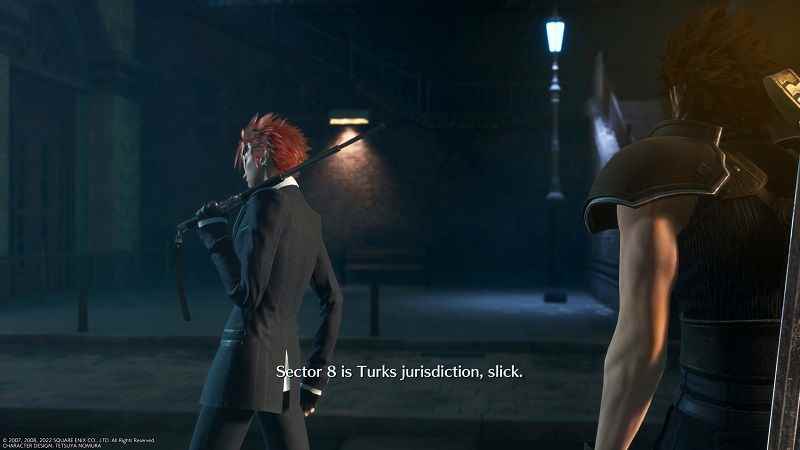
Conclusion
I said a lot of good things about the game, I praised it constantly, I talked about how good a “Remaster” it is, but after all, can I praise this game to everyone? No, I cannot recommend it to everyone. It is a very good action game, although the story is quite beautiful and visually quite good, there is still a PSP game at its core. Moreover, its story is full of things that those who are not interested in Final Fantasy VII will not understand. It’s a good introductory game, or if you’ve just played Remake, it’s great for pre-story experience. I’d say give it a chance.
We talked about the fact that the game is still a PSP game at the core, let’s talk about it briefly. When you enter the side missions from the save point, 300 different missions are waiting for you, each of which takes place in the same regions. Side quests are usually in the “go quietly, beat everybody” mind. Each of these missions is short-lived because their purpose is to do a couple of quick missions while you’re out and improve your character. In the story, each chapter proceeds in a way that does not tire the system, and is divided into small parts. Now the system is powerful, but since the loading points are preserved, you go through the loading screens, albeit fast. There is no chance to go back to the old levels, if you missed an achievement, if you don’t have the old save file, you have to start all over again.
Crisis Core: Final Fantasy VII: Reunion is a great remaster and lives up to Square Enix’s promise of “more than just a remaster.” If you try to do all the side quests, it will take between 30 and 50 hours of your time, you can spend even more. I still remember when I made a character who could get through the final boss fight in one hit by taking out the PSP every time I went to college and doing side quests whenever I found a spare, now I can’t even if I wanted to. Maybe if I play with Switch or Steamdeck but whatever…
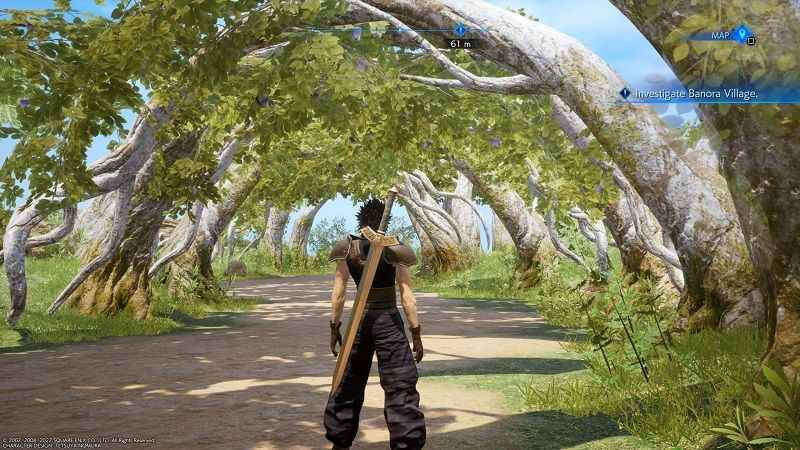
Crisis Core: Final Fantasy VII: Reunion via Playstation Store It is on sale with a price tag of 599 TL. The Xbox version is still with the same price tag. on Xbox Storen can be obtained. The price of the game for those who want to play on the Nintendo Switch console as 50 dollars set. PC players on Steam with a price of 499 TL. buy the game, they can play the game that does an unexpectedly good job in optimization. Moreover, it is said to offer 60 FPS gameplay seamlessly over the Steam Deck.
